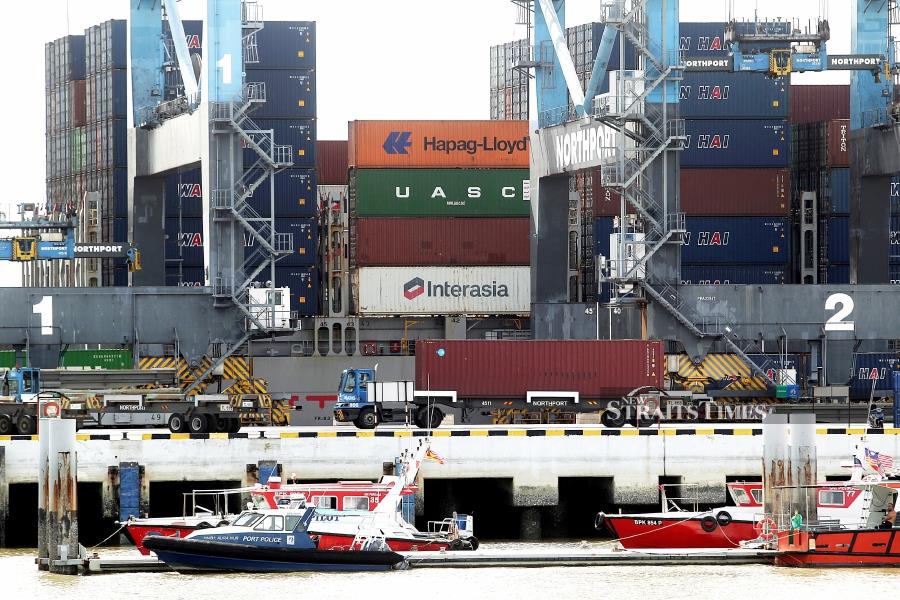EVERYONE is now talking about the circular economy. This is not surprising as the world is facing many threats to sustainability.
A circular economy presents businesses and governments with the opportunity to create a more sustainable world. Contrary to common belief, a circular economy offers benefits beyond the environment.
It is also about sustaining the resources that we need. Resource depletion is a major concern for the world. More than 100 billion tonnes of resources enter the economy every year. But only less than 10 per cent gets recycled and reused.
The use of resources has tripled since 1970 and many predict it could double again by 2050 if business continues as usual.
We would need more than two planets to sustainably support such resource use, or abuse. Such overconsumption has devastating effects on humans, wildlife and the planet.
The usual linear economy of use-it-up-and-throw-it-away models is no longer tenable.
We need to shift to a circular economy, where waste and pollution are minimised by design, products and materials are kept in use longer, and natural systems can regenerate.
No more the business theory of rapid obsolescence, as practised by some.
A circular economy isn't just about fixing environmental wrongs. Evidence shows it can produce big opportunities and positive impact across industries and livelihoods.
A growing number of businesses, governments and civil society organisations are coming together to drive change. It is all about making better use of natural resources.
The construction industry has come under scrutiny. More than 60 per cent of the world's resources are deployed in construction. Huge quantities of fossil fuels are used to drive the industry.
The industry consumes huge quantities of water every year. At the same time, the industry disposes of vast quantities of waste, threatening the environment.
Not surprisingly, the industry is among the biggest emitters of carbon. Creating a circular economy for construction means shifting to recycled and recyclable materials to reduce the amount of land, water and fossil fuels consumed by the sector.
It means changing construction methods and emphasising material design for sustainability.
It is estimated that about 45 per cent of global greenhouse gas emissions come from product use and manufacturing, as well as food production. A circular economy can cut global greenhouse gas emissions by 39 per cent.
For example, shifting to recycled materials would reduce the need to produce virgin plastics and synthetic fibres, which will significantly reduce fossil fuel use and associated emissions. Natural rubber is also preferred over fossil-based synthetic rubber.
Creating a circular economy for food by reducing loss and waste will also lower emissions.
Working towards a circular economy also helps protect human health and biodiversity in many ways, including by making better use of natural resources such as water and land.
One of the clearest and most direct impact of the shift to a circular economy will come from how we deal with products at the end of their lives.
There is an economic benefit as well.
Research shows that the circular economy offers a US$4.5 trillion opportunity by reducing waste, stimulating innovation and creating employment. New business models focused on reuse, remanufacturing and sharing offer significant innovation opportunities. For example, a circular economy for plastics offers considerable economic benefits.
Less plastic waste in the ocean would benefit industries like fishing and tourism, as plastic pollution leads to US$13 billion in costs and economic losses per year.
Reducing pollution and toxic emissions from the open burning of plastic waste would lower healthcare costs, and reducing fossil fuel use in plastic production would mitigate climate change and associated costs.
There is no denying the socio-economic gains that can accrue from a circular economy. It is time for the country to design a plan to best embrace it.
The writer is a professor at the Tan Sri Omar Centre for STI Policy, UCSI University





